

Max Davies
2026 Kia Sportage SX 2.0D AWD review
1 Hour Ago
The all-new Sportage impresses with luxurious refinement and wizz-bang technology that will make you think twice about buying a premium Euro.
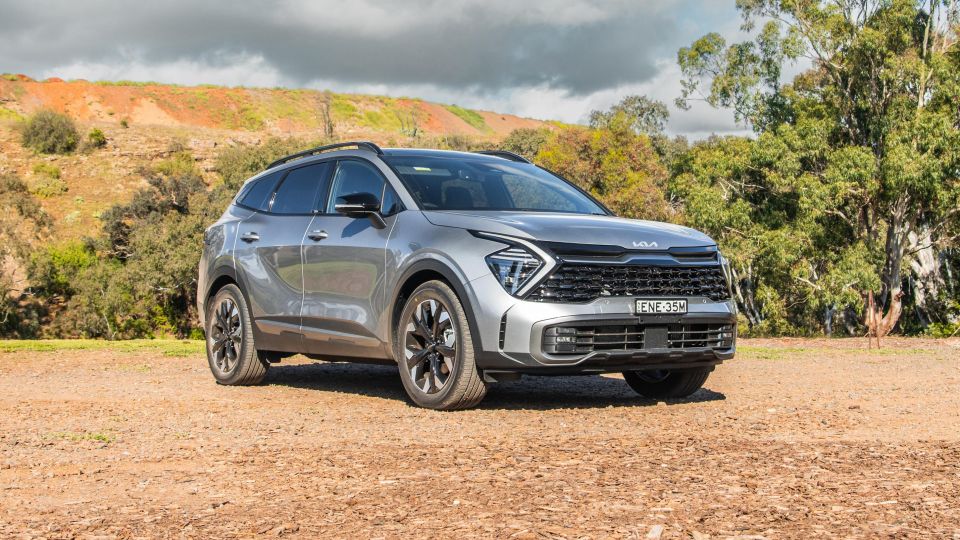


Marketplace Editor
New from
$28,690
excl. on-roads

Marketplace Editor
New from
$28,690
excl. on-roads


Marketplace Editor
New from
$28,690
excl. on-roads

Marketplace Editor
New from
$28,690
excl. on-roads
Quickly see how this car stacks up against its competition. Select any benchmark to see more details.
Where expert car reviews meet expert car buying – CarExpert gives you trusted advice, personalised service and real savings on your next new car.
Hyundai and Kia have been touting their upmarket push for a while, but it’s only now really starting to trickle down into their more affordable products.
Enter the all-new 2022 Kia Sportage, one of the brand’s most important launches for a long time given it competes in one of Australia’s highest-volume, most competitive segments. You need to be good to beat the top-selling Toyota RAV4 and Mazda CX-5.
It’s a huge step away from generations past. Bigger in just about every dimension and sporting a new design that’s as polarising as it is distinctive, the new Sportage is forging its own path, and packs some of the best features and technologies Kia has to offer.
Served up here in flagship GT-Line spec, it’s loaded with just about everything you could want in a mid-sized SUV. Has Kia hit the mark with its critical new release?
On test we have the Kia Sportage GT-Line 1.6T AWD, the second most expensive variant in the local line-up at $51,990 drive-away. You can also opt for a more powerful 2.0-litre diesel GT-Line for $54,990 drive-away.
Compared to the model it replaces, it’s up by a few grand. The old GT-Line diesel fluctuated around the $50,000 mark drive-away, and the naturally-aspirated 2.4L petrol version was about $3000 cheaper again.
2022 Kia Sportage pricing:
All prices are drive-away as of 12 November 2021

Despite the mark-ups, the top-spec petrol Sportage is well placed against the competition.
Key rivals include:
All prices exclude on-road costsunless specified (D/A)

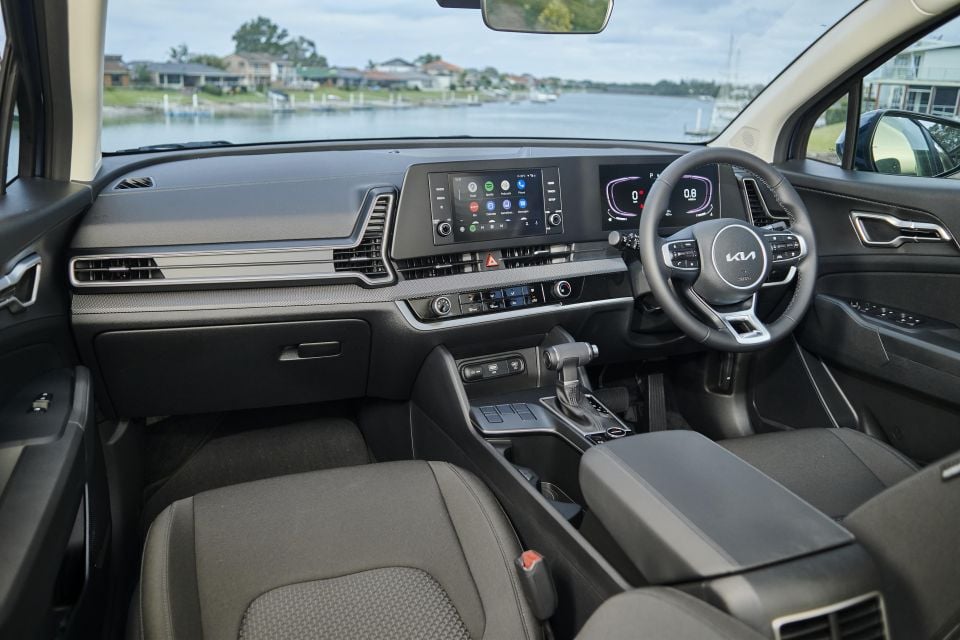
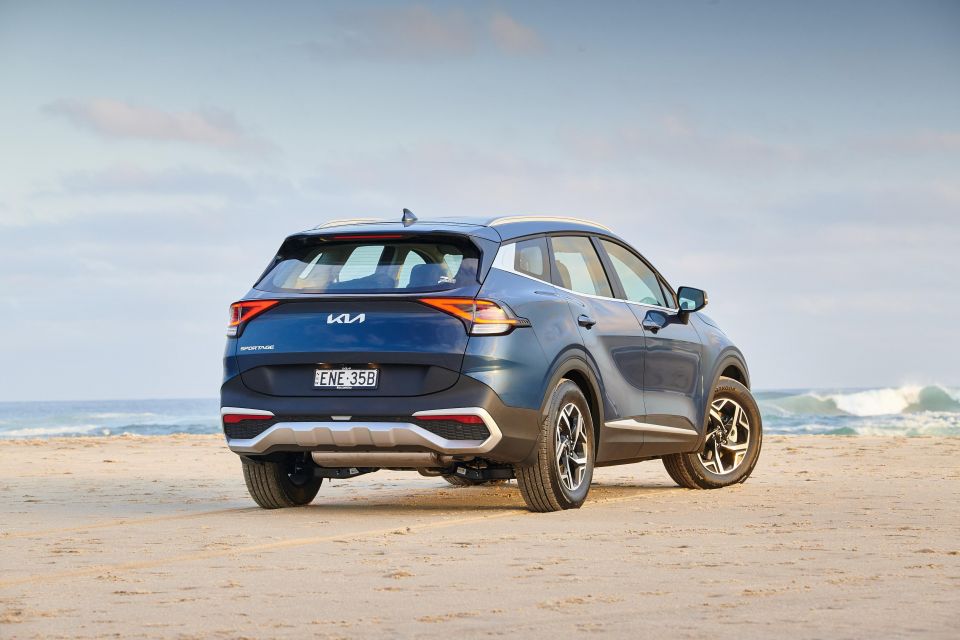
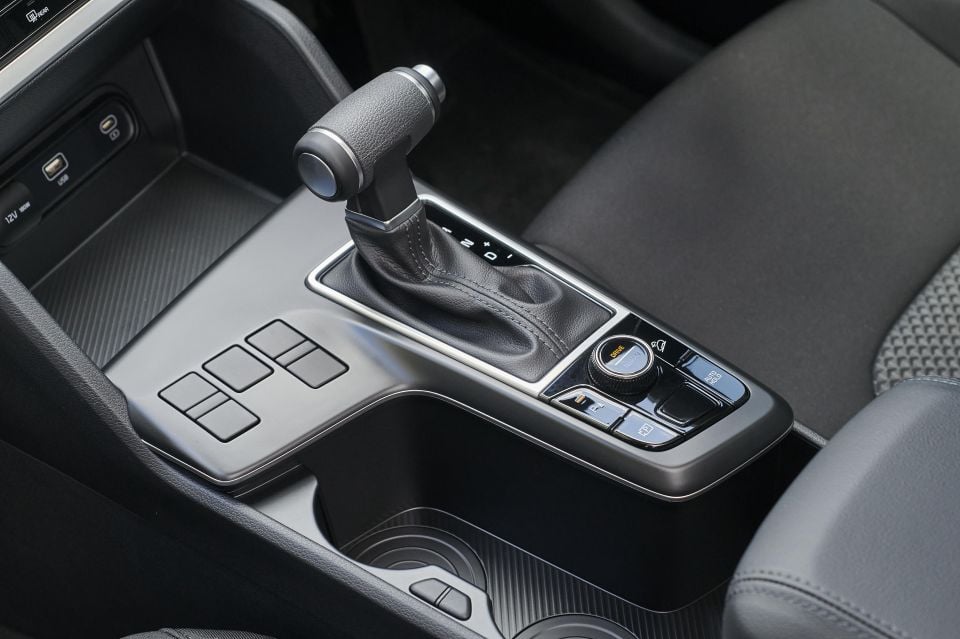
Buy your new car without the stress. It's fast, simple and completely free.

Great service from Travis and team, second time I have used this business would not hesitate to recommend them to anyone
Craig C.
Purchased a Ford Ranger in Sunshine Coast, QLD
CarExpert helped Craig save thousands on his Ford Ranger, now let us save you on your next new car.
Find a dealSportage S highlights:
**not available for manual variants
Sportage SX adds:
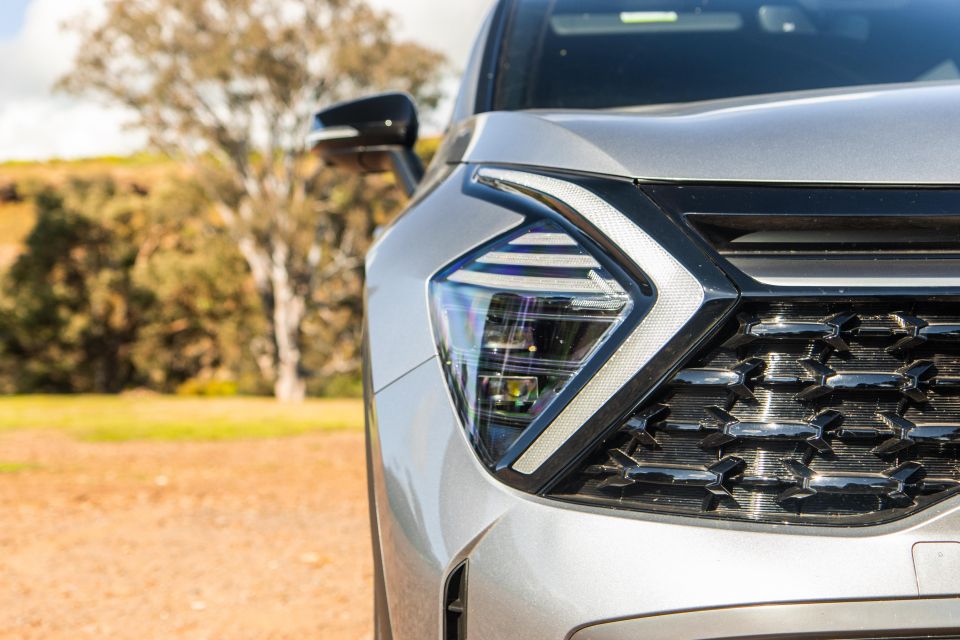

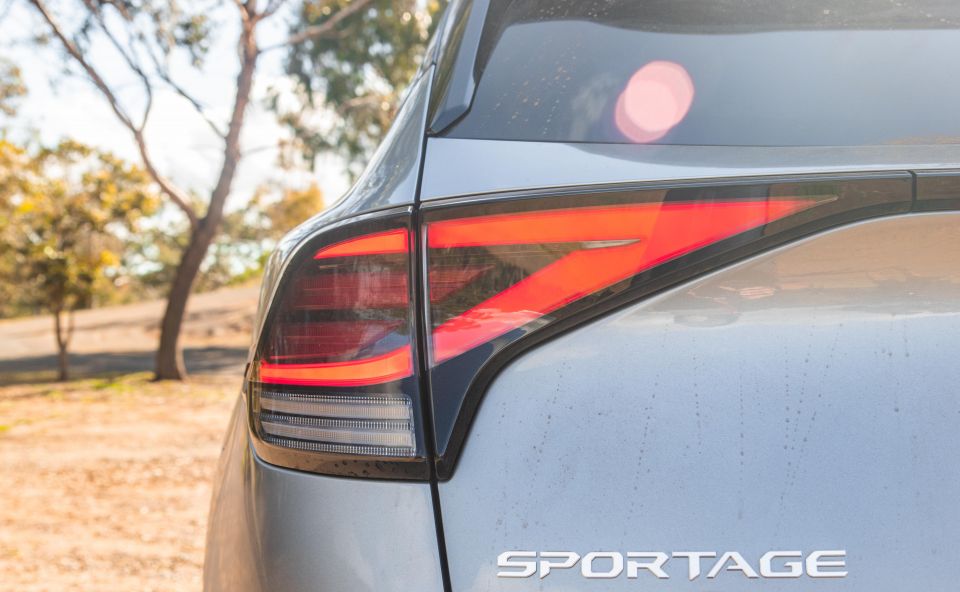
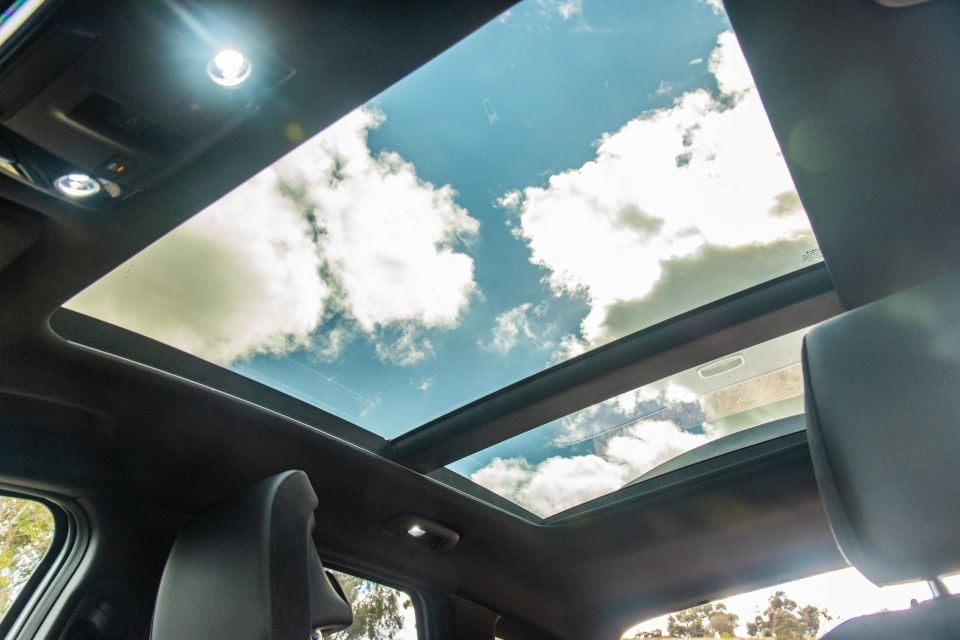
Sportage SX+ adds:
Sportage GT-Line adds:
*Diesel models only
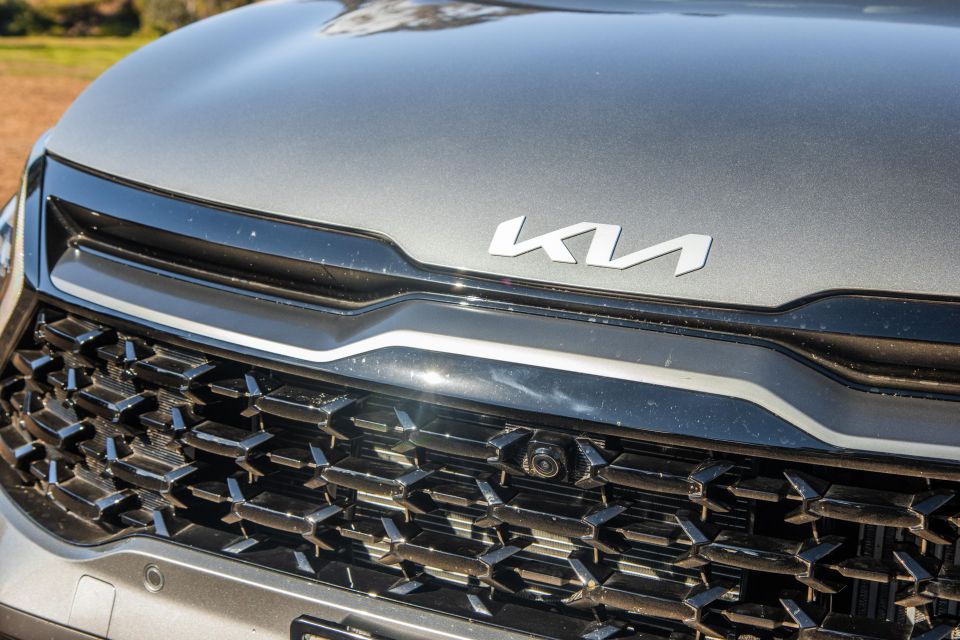
The 2022 Kia Sportage hasn’t been tested by ANCAP or Euro NCAP.
However, the mechanically-related Hyundai Tucson recently scored five stars in ANCAP and Euro NCAP testing. We’d expect a similar result from the Kia, but for now it remains unrated.
All Sportage variants come standard with the following safety equipment:
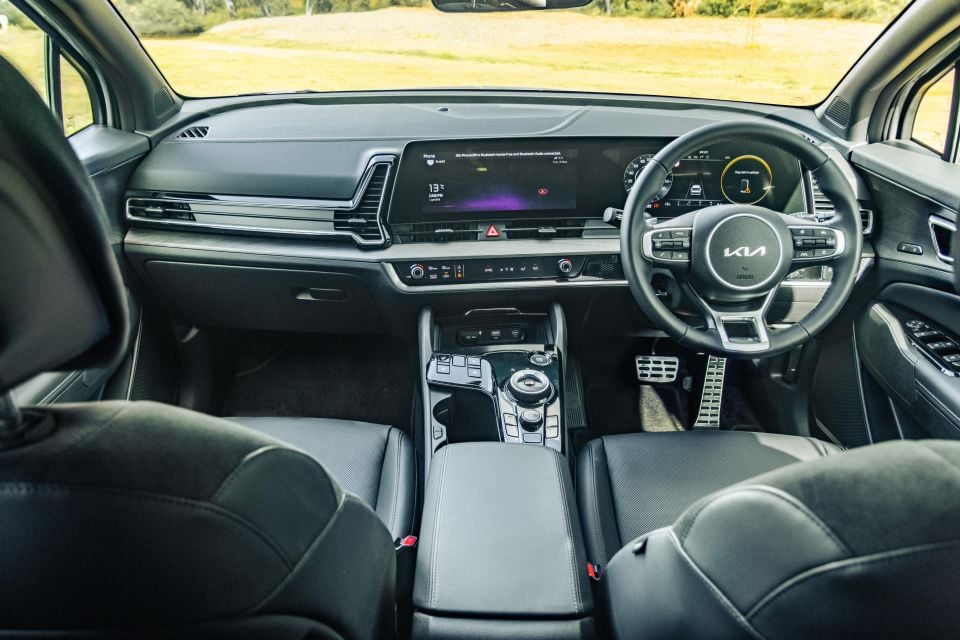
Anyone who thinks Korean cars are cheap and nasty should hop into the Sportage GT-Line’s cockpit.
The driver is greeted by dual 12.3-inch screens, wood-look trim inserts, and perforated leather seats with power adjustment, driver memory function, heating and ventilation, as well as suede accents.
Keen-eyed readers will notice the infotainment system is actually a curved display, while sitting beneath the screen is a touch bar that controls the infotainment functions and climate controls.
It’s not completely new to the Kia brand – in South Korea these interior elements debuted on the K8 luxury sedan, and have since also appeared in the EV6 due in local showrooms in the first half of 2022. The Sportage debuts this setup in Australia, though.
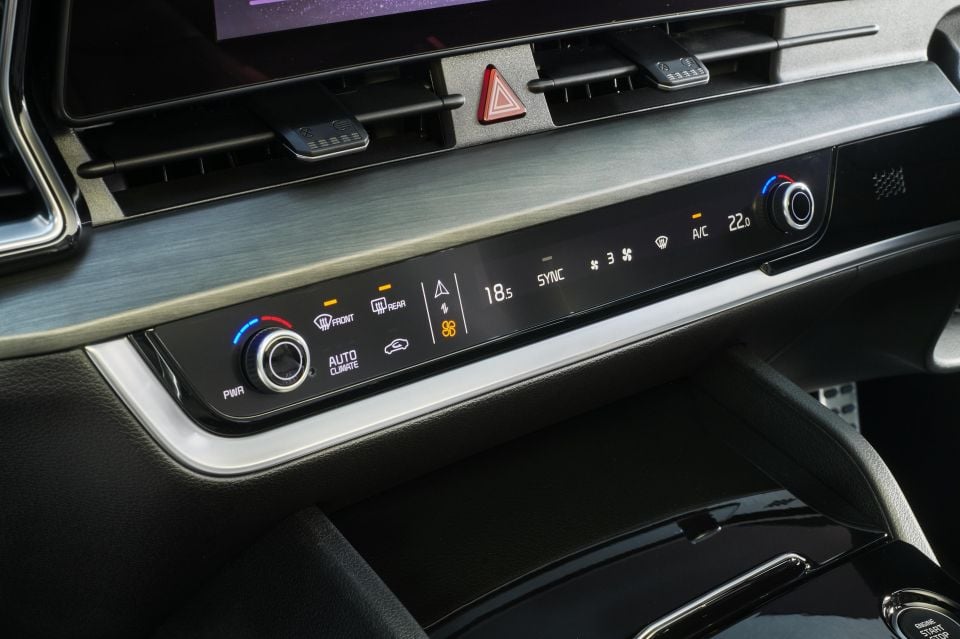
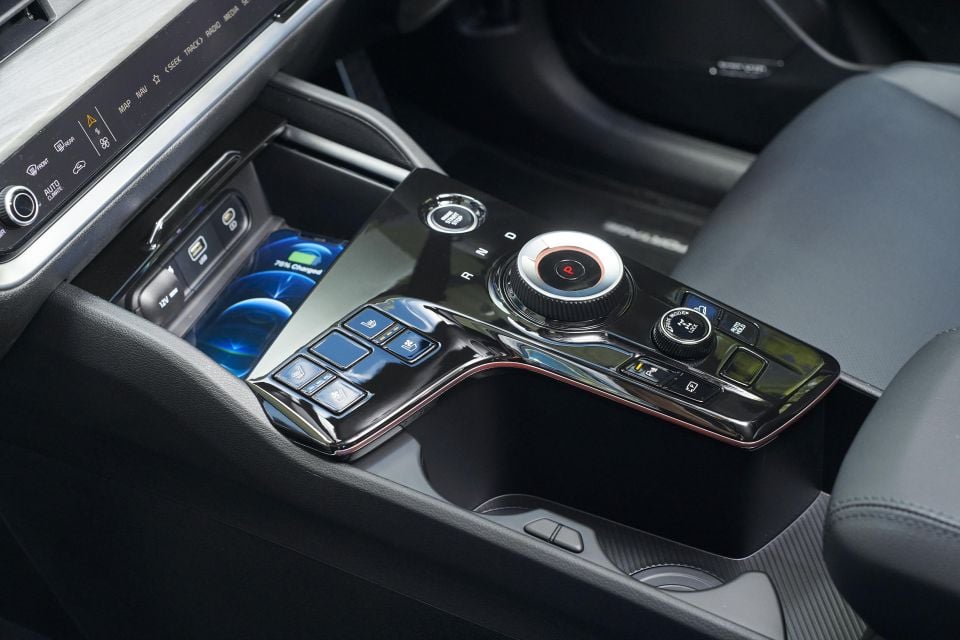
GT-Line versions also get the swish rotary gear selector dial – a nod to brands like Jaguar Land Rover – and overall the front row feels wide, comfortable, and luxuriously appointed.
Poke around and there’s a decent mix of quality materials for a mainstream SUV, with soft-touch surfaces atop the dash and doors, and padded leatherette inserts in the door cards and on the centre armrest. All the switchgear is typical Kia in that it’s solid and well-damped.
It’s not perfect, however. The gloss black trim liberally applied to the centre console looks good for about five minutes after you’ve driven out of the showroom, before collecting fingerprints and dust like crazy. Lower tiers of the cabin are also trimmed in harder, scratchier plastics – though many premium brands do similar.
The best point of comparison here is arguably the new Hyundai Tucson, which is essentially the same car with a different design. Where the Hyundai is a little more understated and offers several interior colourways in top-spec Highlander trim (black, brown and grey), the Kia aims to wow you with screens and glossy surfaces.
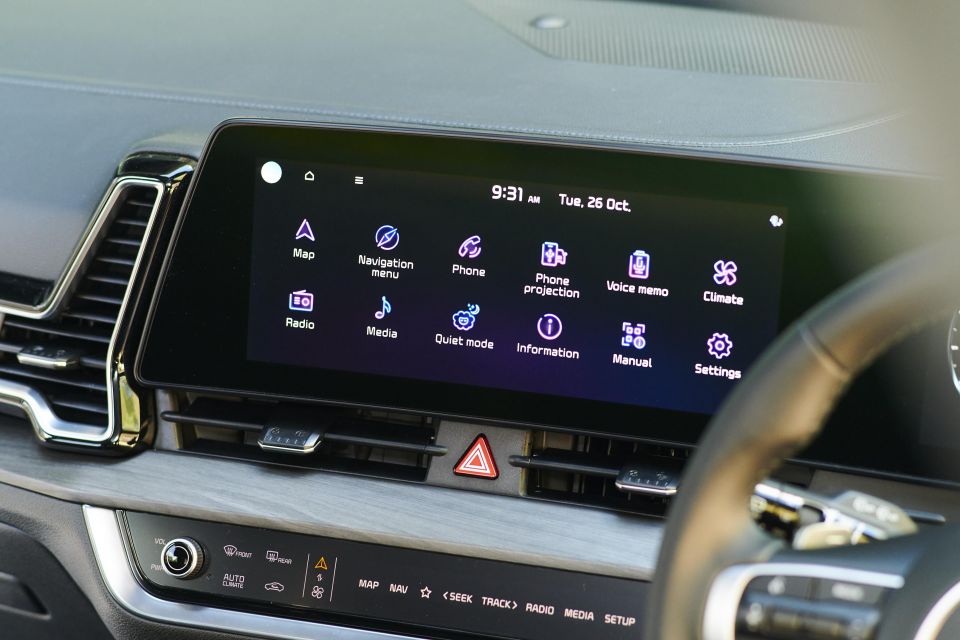
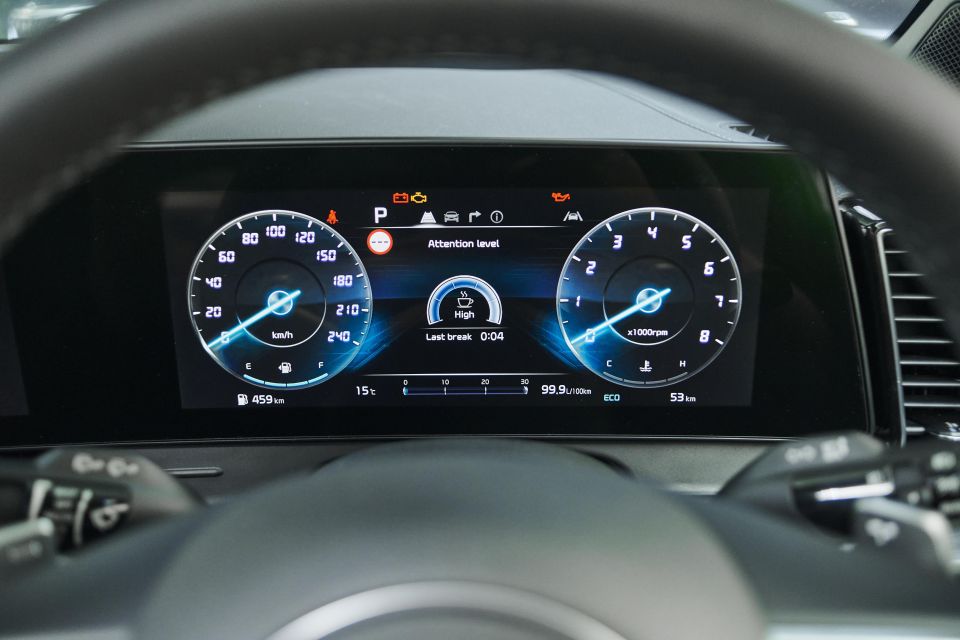
I’d go as far to say Kia has gone a very Mercedes-Benz route in prioritising wow-factor, which for many potential buyers is more of a priority than soft-touch materials on every surface in the cabin.
Storage up front is pretty good, with a wireless charger hidden under a sliding drawer (large phones won’t fit perfectly when wired up to CarPlay or Android Auto) and a huge configurable shelf that has adjustable cup holders, along with deep cubby under the centre armrest. Like we’ve seen with other vehicles on this platform, the door pockets are quite shallow and won’t fit larger bottles.
The infotainment system is just like any other recent Hyundai or Kia we’ve reviewed, just bigger. The 12.3-inch display is gorgeous, high in resolution, and quick in response times. It’s a shame smartphone mirroring is still wired…
SX+ and GT-Line models also feature a swish eight-speaker Harman/Kardon premium audio system, which offers crisp and clear sound, though perhaps not with the depth you might find in similarly-branded systems in premium brands.
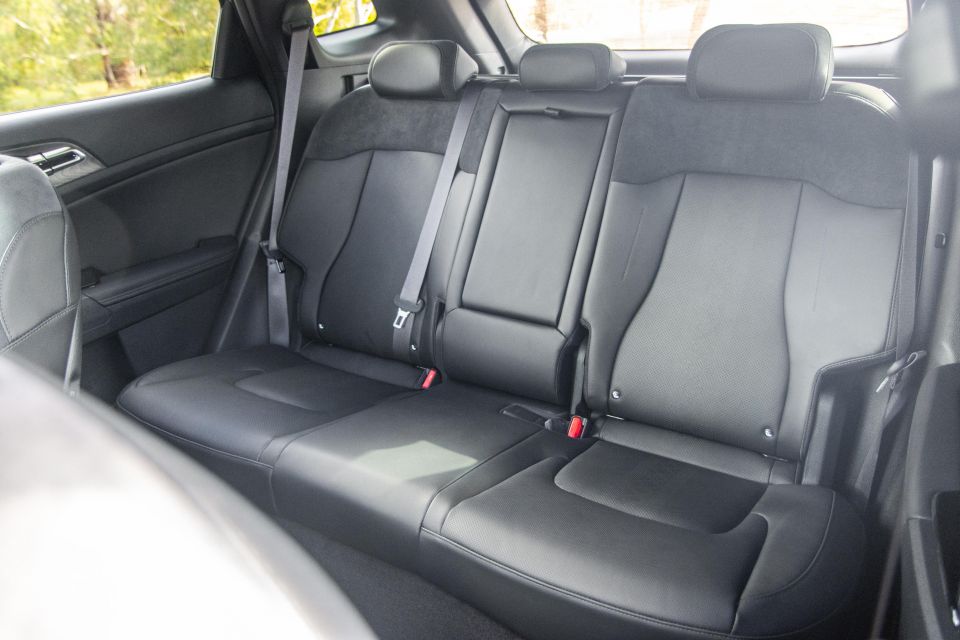
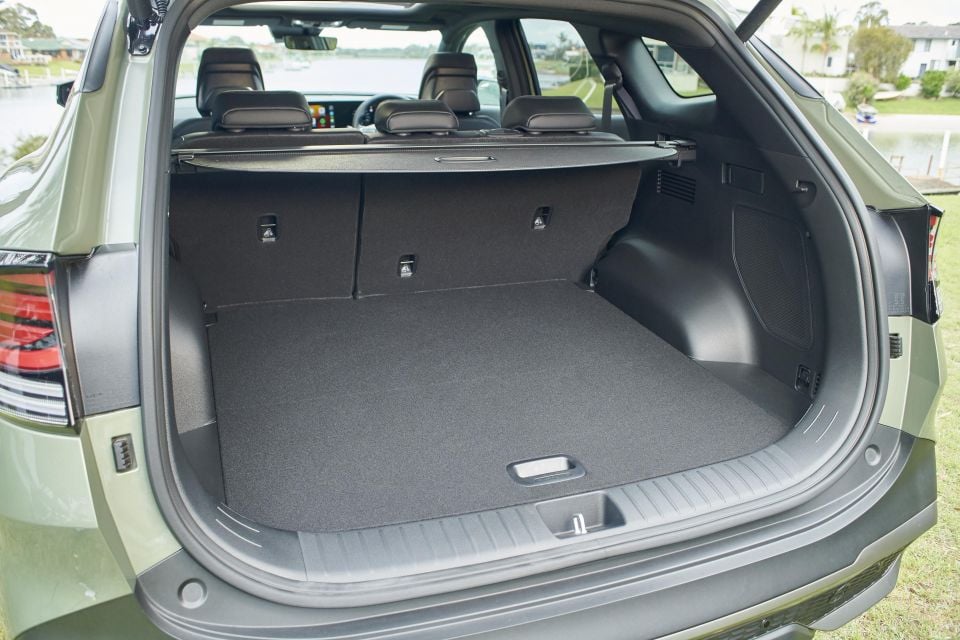
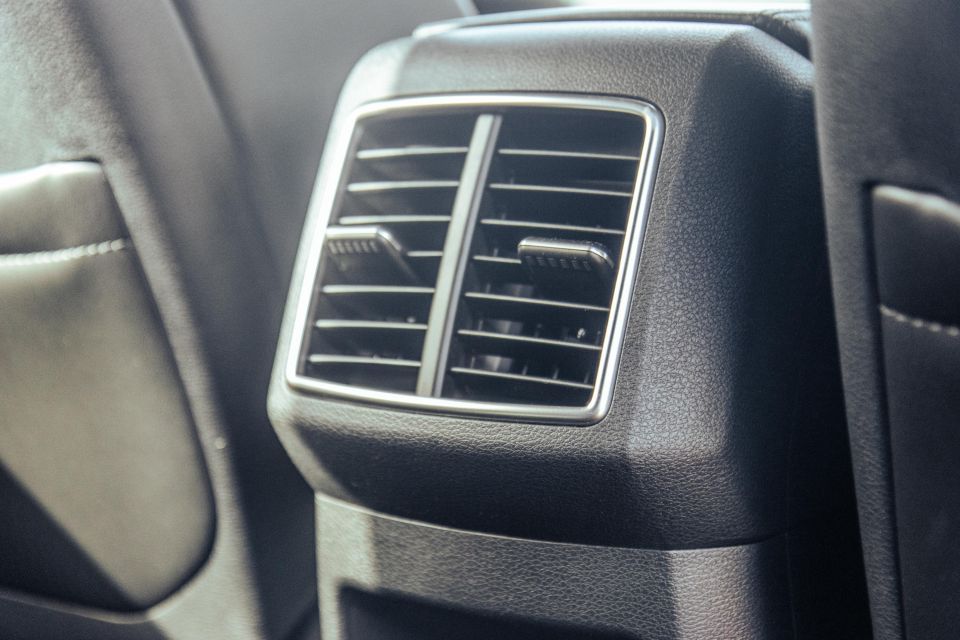
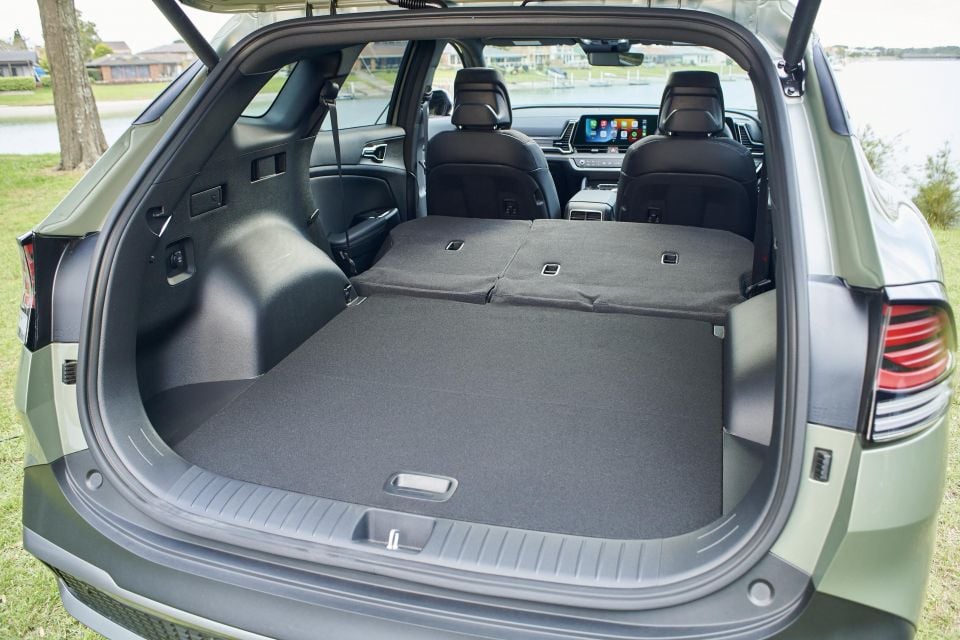
The second row is a huge improvement over the previous model, helped by the extended wheelbase. It almost has Sorento levels of leg- and headroom, and there’s a few thoughtful features back there.
Each front seat has a USB-A port poking out the rear-side, so phones and tablets can be topped up on the go. The funny-shaped front headrest also double up as a hanger for your jacket or bag.
Australian models miss out on the laptop sleeves built into the rear map pockets, but said map pockets remain and there’s a fold-down centre armrest with cupholders in the rear. Bottle holders in the doors (again fairly shallow) also feature, as do ISOFIX points on the outer rear seats as and top-tether points for each seat in the second row.
The boot has grown significantly, quoting 543L (VDA) with the second row in place, expanding to a capacious 1829L (VDA) with them folded. That’s more than both the Tucson (539L) and CR-V (522L), and basically matches the Toyota RAV4 (542L). It’s also about 80L more than the previous generation in five-seat form.
There’s remote rear seat releases in SX models and up, and all versions of the Sportage pack a full-size alloy spare wheel – something that’s becoming increasingly rare these days.
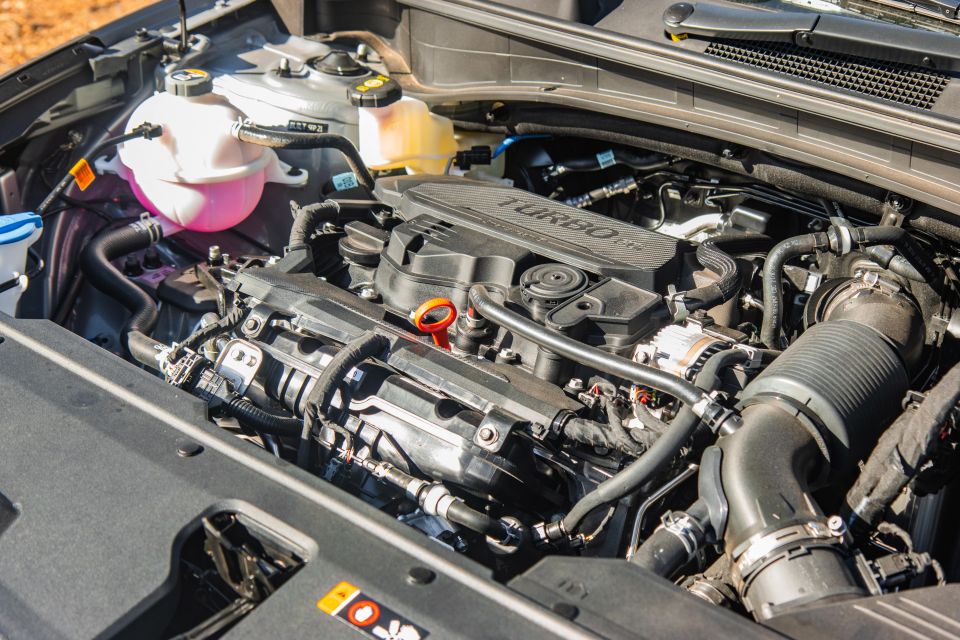
Power in our GT-Line tester comes from Kia’s familiar 1.6-litre T-GDi four-cylinder turbo petrol shared with various models including the Cerato and Seltos, as well as the Hyundai i30, Kona and Tucson.
Outputs in the Sportage are quoted at 132kW (5500rpm) and 265Nm (1500-4500rpm), with drive sent to an on-demand all-wheel drive system via a seven-speed dual-clutch automatic as standard.
The GT-Line grade is also offered with a 2.0-litre four-cylinder turbo-diesel (available across the line-up as an option), which bumps outputs to 137kW (4000rpm) and 416Nm (2000-2750rpm). Drive in the oiler is channelled through an eight-speed torque converter automatic and all-wheel drive setup.
Lower grades are available with a 2.0-litre MPi naturally-aspirated four-cylinder petrol, which puts out a modest 115kW (6200rpm) and 192Nm (4500rpm). A six-speed manual is standard with this powertrain in S and SX grades, while a six-speed automatic is optional on the S/SX and standard on the SX+.
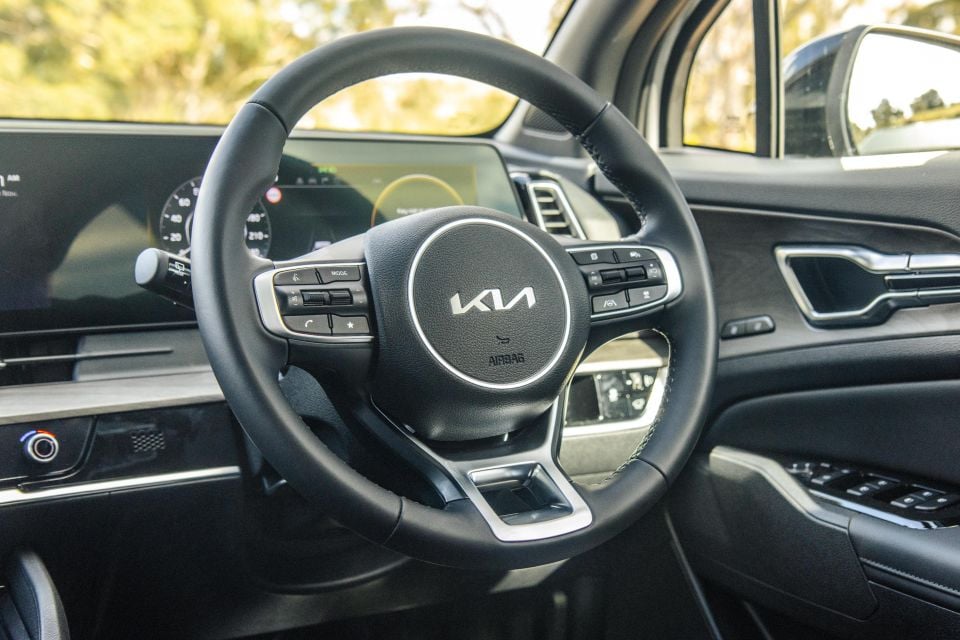
The base petrol is front-wheel drive only. It’s worth noting the Sportage’s engine line-up mirrors that of the Hyundai Tucson (bar the manual transmission), with all powertrains wearing the Hyundai/Kia group’s Smartstream branding.
Fuel consumption for each engine is as follows:
Both petrol engines will run on 91 RON regular unleaded, and the diesel obviously runs on, well, diesel. Unlike overseas, there’s no fuel-saving idle stop/start, and the Toyota-style 169kW/350Nm 1.6-litre turbocharged hybrid available abroad still hasn’t been confirmed for our market.
All models are fitted with a 54L fuel tank.

We only sampled the GT-Line 1.6T AWD at launch, so this section is dedicated to that engine variant.
Having recently driven the related Hyundai Tucson with the same drivetrain, it’s interesting how the character of the Sportage differs – and it’s all the better for it.
Kia Australia continues to do bespoke chassis tunes for its all-new models, and the Sportage feels much more resolved on our nation’s pretty average blacktop.
Where the Tucson’s more Euro-leaning tune is on the sportier side and can at times be a touch firm, the Sportage GT-Line really irons out pockmarked roads and bumpy city streets with luxurious levels of grace. It’s very, very impressive in this regard.
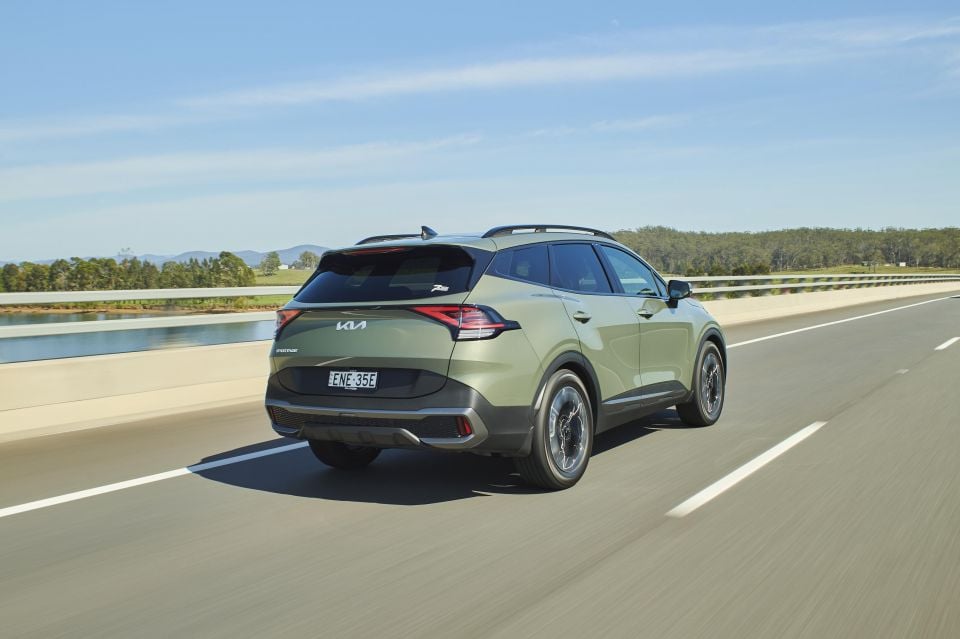
There just seems to be an added layer of pliancy that so few manufacturers seem to get right. While there’s an excellent level of all-round comfort, that hasn’t come at the cost of handling or driver engagement.
With grippy 235/55 R19 Hankook tyres and a wonderfully-balanced steering and chassis tune, the Sportage turns in predictably and directly without being razor sharp. It’s perfect for the intended demographic and if you flick the mode selector into Sport the steering and throttle sharpen up for more eager response.
Refinement at speed is likewise excellent. The Tucson, Santa Fe and Sorento are already pretty darn good in this regard, but the Sportage (even on 19-inch wheels) is so good in terms of ambient noise on the move I’d go as far to say it beats out some premium-branded competition.
Wind noise is next to non-existent and tyre roar even on coarse-chip B-roads is whisper quiet. I had a rival mid-size SUV as a reference point and on the same roads the Sportage was significantly quieter – comparison coming soon.
It’s something I’ve been focusing on a bit lately, but the Sportage feels like a shrunken large car rather than an enlarged small car, much like the Tucson. Makes sense really, given it’s on a smaller version of the Sorento’s architecture.
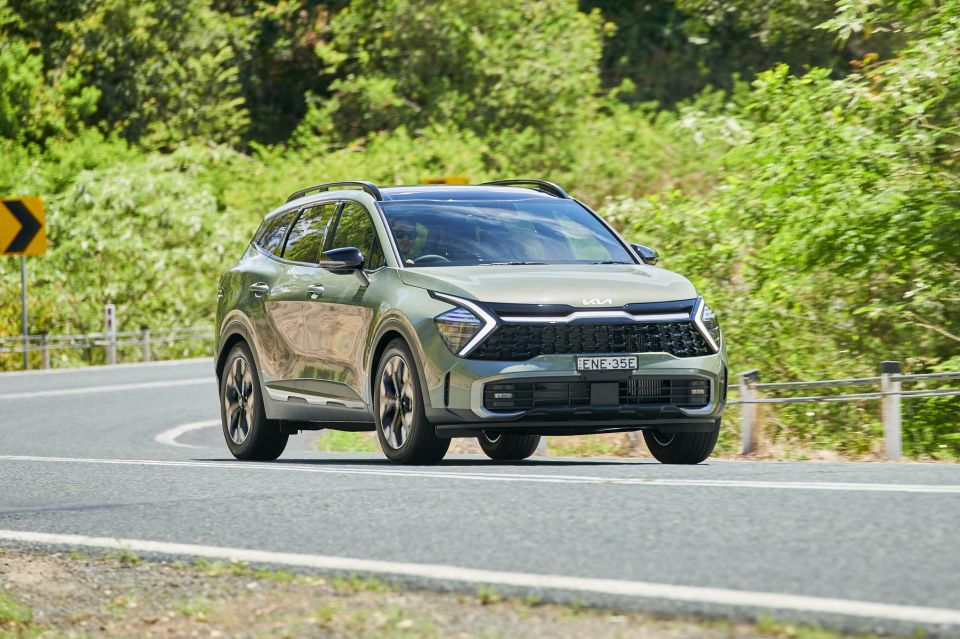
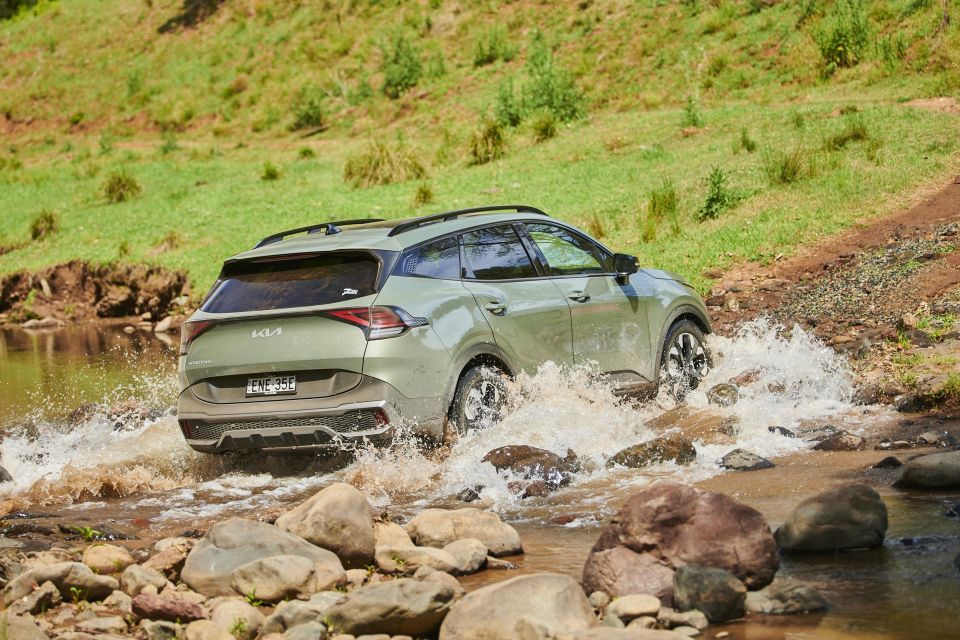
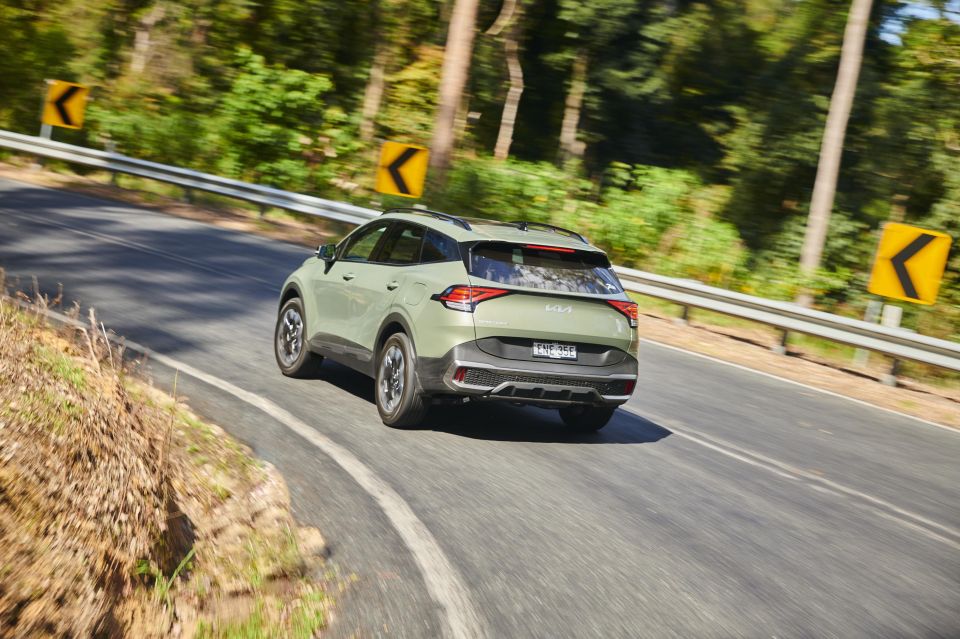
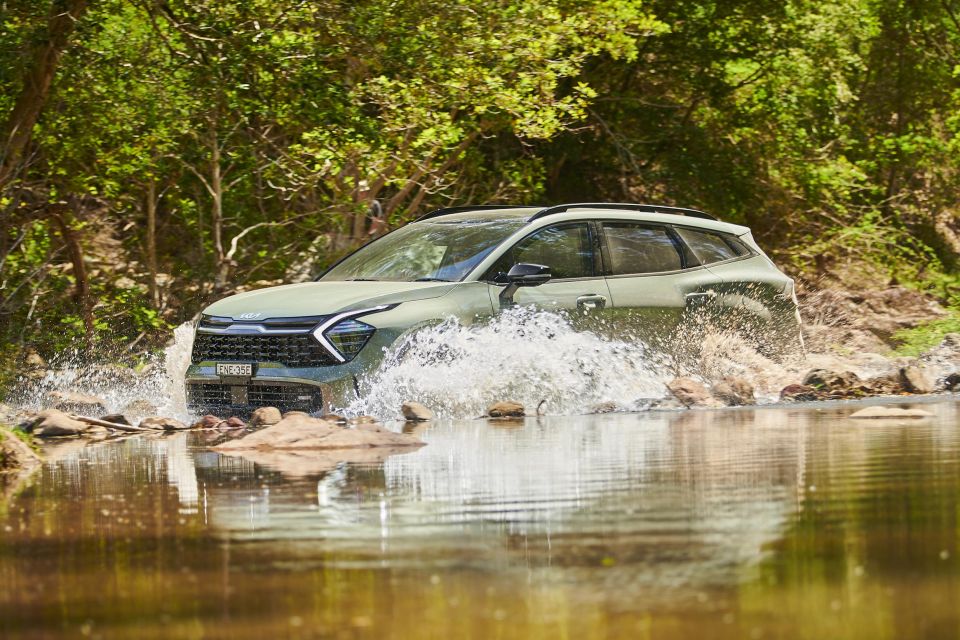
Where expert car reviews meet expert car buying – CarExpert gives you trusted advice, personalised service and real savings on your next new car.
That confident, big-car feeling carries over whether you’re putting around the city or cruising on the freeway. It’s hushed, planted, and unfazed by poor weather or uneven road surfaces.
Drawbacks? Well, the 1.6-litre turbo four is a fun little engine for some of the group’s smaller cars – the Cerato, i30, Kona, Seltos, and so on.
However, in a much larger car like this, as well as the older dry-clutch seven-speed dual-clutch auto design we have here, it’s not quite there.
While there are no unwanted vibration or noise in the Sportage like I had with the Tucson Elite 1.6T, the lethargic slurring off the line and slight break in power delivery when the car shifts from first into second lacks a layer of polish it really should have. It’s also far more evident because everything else is so damn good.
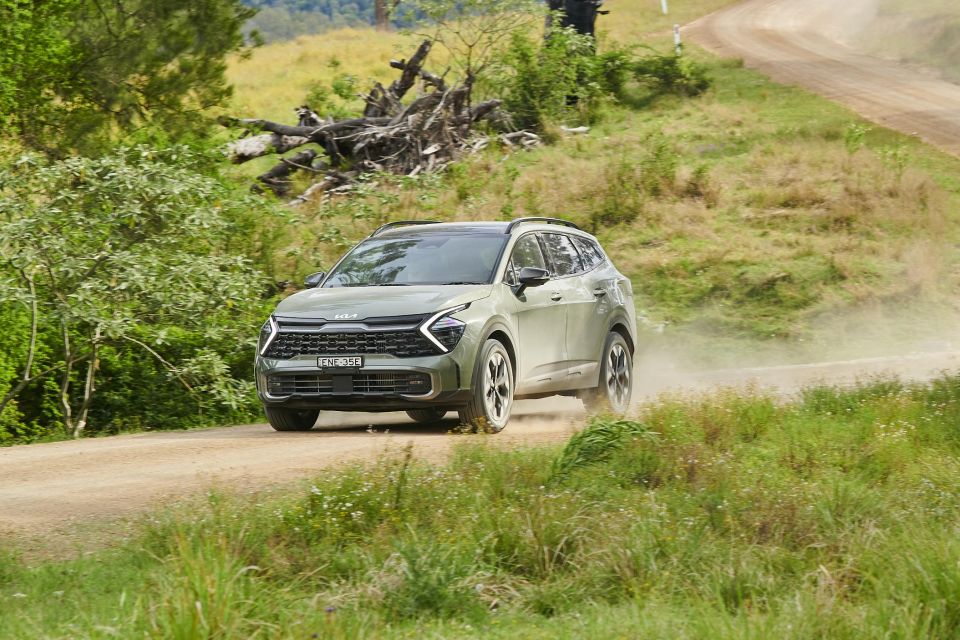
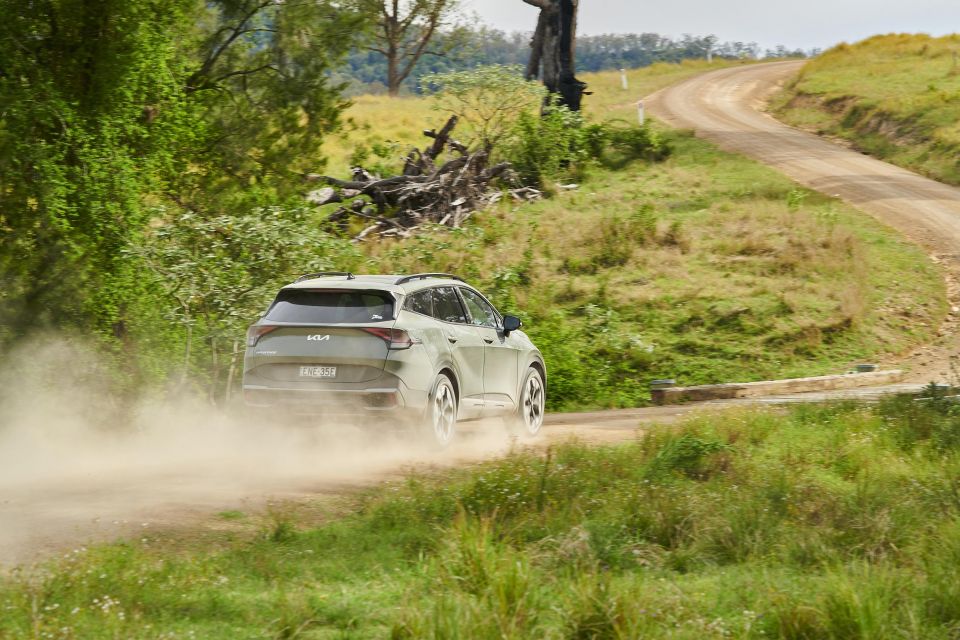
You’ll likely warm to it as an owner and learn to drive around the quirks, but the seven-speeder isn’t as good as the wet-clutch eight-speed DCT in diesel-powered Sorento models, nor the eight-speed automatic fitted to diesel versions of the Tucson and Sportage.
It’s worth getting it out of your head that the 1.6T is a more sporting choice. While there’s more low-down shove and more effortless progress than naturally-aspirated rivals, middling outputs mean the Sportage 1.6 T-GDi doesn’t feel particularly quick.
Surely, the 169kW Sportage Hybrid with the same engine featuring electric assistance would be the one to go for if that’s what you’re after – though Kia Australia is yet to confirm this powertrain for our market.
Meanwhile, the various driver assistance systems do a good job. The adaptive cruise and active lane centring (Lane Follow Assist) come together well on the freeway and offer almost semi-autonomous capability, the nifty Blind Spot View Monitor side cameras work a treat in the daytime, and the GT-Line’s sharp surround cameras make parking a cinch.
Some may find the lane centring function a little overbearing, and the lane-keep assist can at times tug at the wheel unnecessarily out of caution. Nothing we haven’t seen before, but worth noting.
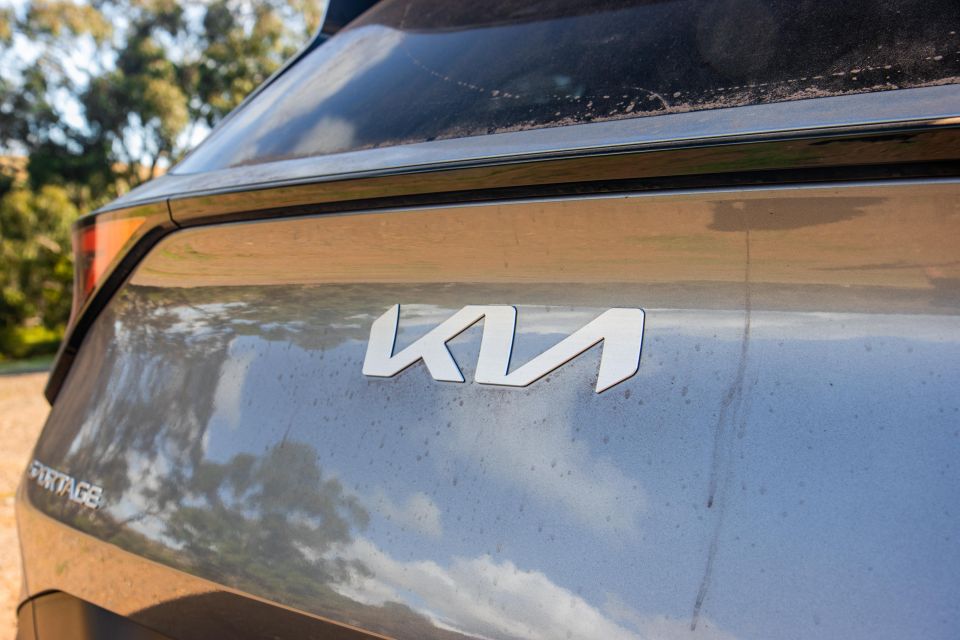
As with all Kia models, the new Sportage is backed by a seven-year, unlimited-kilometre warranty with seven years of capped-price servicing.
Scheduled maintenance is required every 12 months or 15,000 kilometres for 2.0L MPi and 2.0D models, while the 1.6L T-GDi has its intervals shortened to 12 months/10,000 kilometres.
Pricing for the Sportage’s capped-price service program is yet to be finalised, but the company has given indicative figures for each engine as follows:
2022 Kia Sportage service pricing** (7 years):
** Indicative pricing, still to be finalised
As for real-world fuel economy, we saw average figures in the high eights and low nines with mixed driving skewed to urban environments, though it drops quickly with extended highway stints. Par for the course in this segment.
Petrol versions of the Sportage run happily on cheaper 91 RON unleaded as noted earlier, which will be a relief for those chasing turbocharged performance without having to buy premium fuel as is the case with many rivals.
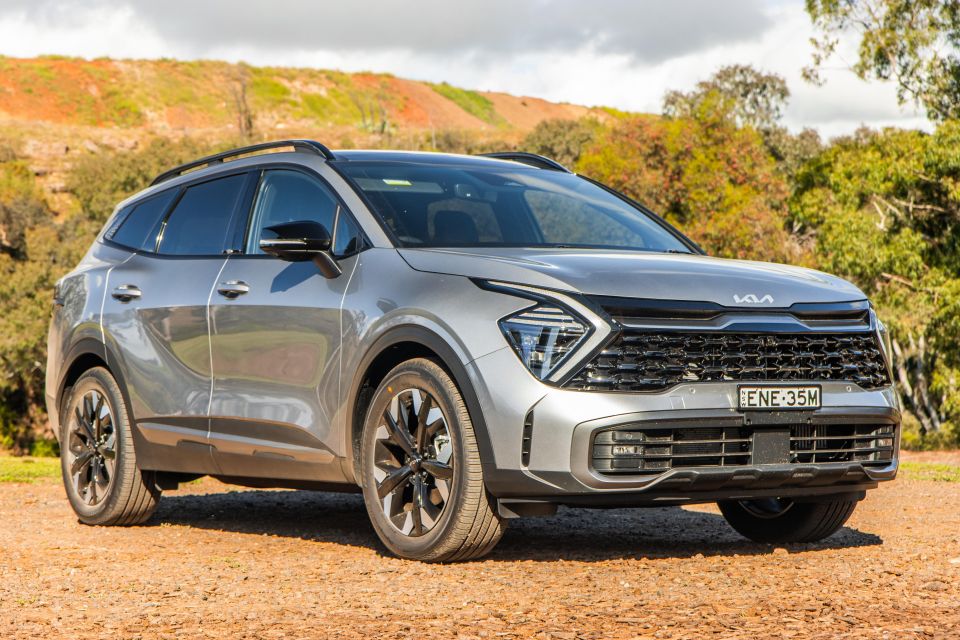
Kia really needed to make a statement with the new Sportage, and boy has it come through.
Polarising looks aside, it’s spacious, comfortable, tech laden (even at the base level), and the ride and handling balance is pretty much spot on.
While the turbocharged petrol option may not be quite as polished as the rest of the package, the Sportage certainly stamps itself as one of the class leaders right off the bat, and in flagship GT-Line flavour offers enough polish and features to make you think twice about buying premium.
Beyond the dual-clutch quirks in this 1.6T, we’d like to see more of the luxury items reserved for the GT-Line offered in lower grades, more interior colour options than just black, and a hybrid option to take on the RAV4.
The diesel is probably the better engine choice, and at $51,990 on the road the Sportage GT-Line is hardly a mid-size SUV bargain, but this all-new SUV is arguably the best thing to come out of Korea since BTS.
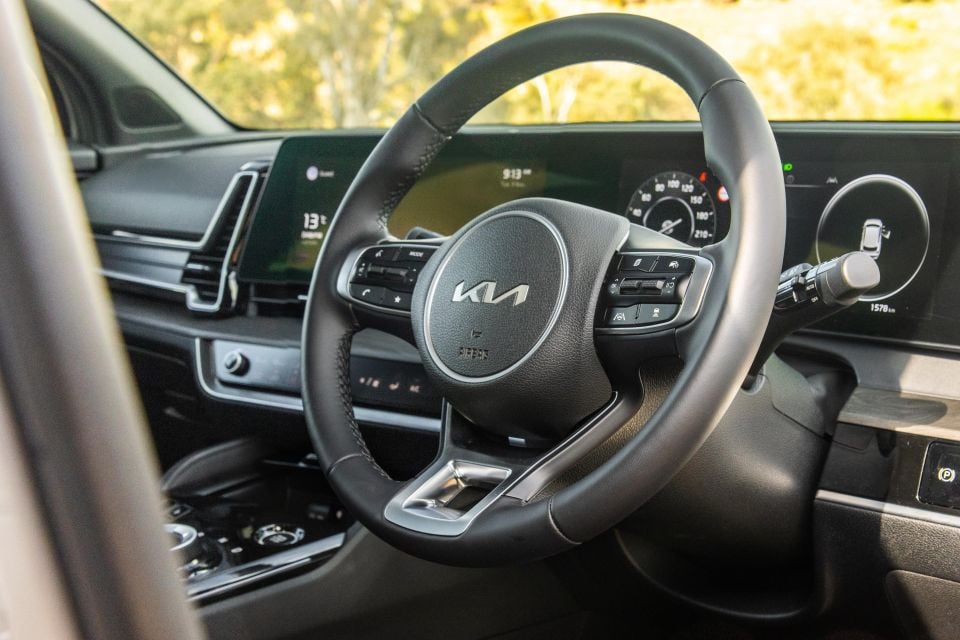
Click the images for the full gallery
MORE: Everything Kia Sportage
Where expert car reviews meet expert car buying – CarExpert gives you trusted advice, personalised service and real savings on your next new car.
James Wong is an automotive journalist and former PR consultant, recognised among Australia’s most prolific motoring writers.


Max Davies
1 Hour Ago


William Stopford
2 Days Ago


Matt Campbell
2 Days Ago


William Stopford
3 Days Ago


Josh Nevett
5 Days Ago


CarExpert.com.au
6 Days Ago